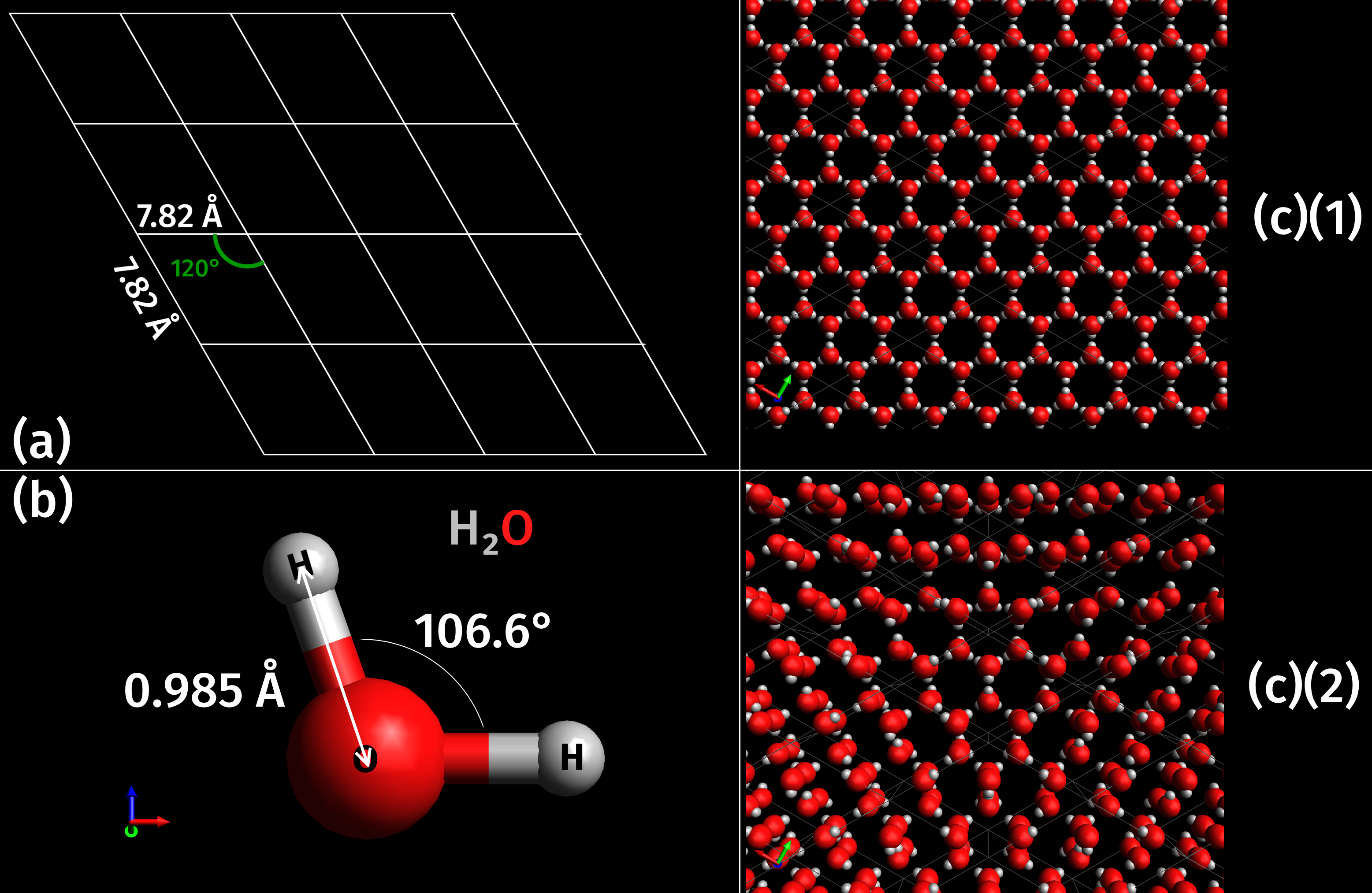|
Ottehallet Slope
Ottehallet Slope () is an ice slope between Straumsvola Mountain and Brekkerista Ridge in the Sverdrup Mountains The Sverdrup Mountains ( no, Sverdrupfjella) are a group of mountains about long, standing just west of the Gjelsvik Mountains in Queen Maud Land, East Antarctica. With its summit at , Hamartind Peak forms the highest point in the Sverdrup Mount ... of Queen Maud Land. Mapped by Norwegian cartographers from surveys and air photos by Norwegian-British-Swedish Antarctic Expedition (NBSAE) (1949–52) and air photos by the Norwegian expedition (1958–59) and named Ottehallet (the early-morning slope). Ice slopes of Queen Maud Land Princess Martha Coast {{PrincessMarthaCoast-geo-stub ... [...More Info...] [...Related Items...] OR: [Wikipedia] [Google] [Baidu] |
Straumsvola Mountain
Straumsvola Mountain () is a prominent mountain 6 nautical miles (11 km) north of Jutulrora Mountain in the northwest part of the Sverdrup Mountains, overlooking the east side of Jutulstraumen Glacier in Queen Maud Land. Plotted from air photos by the German Antarctic Expedition (1938–39). Remapped by Norwegian cartographers from surveys and air photos by Norwegian-British-Swedish Antarctic Expedition (NBSAE) (1949–52) and air photos by the Norwegian expedition (1958–59) and named Straumsvola (the stream mountain). See also *Ottehallet Slope Ottehallet Slope () is an ice slope between Straumsvola Mountain and Brekkerista Ridge in the Sverdrup Mountains The Sverdrup Mountains ( no, Sverdrupfjella) are a group of mountains about long, standing just west of the Gjelsvik Mountains in Q ... References Mountains of Queen Maud Land Princess Martha Coast {{PrincessMarthaCoast-geo-stub ... [...More Info...] [...Related Items...] OR: [Wikipedia] [Google] [Baidu] |
Brekkerista Ridge
Brekkerista Ridge () is a ridge northeast of the summit of Jutulrora Mountain (separated by Gangbrekka Pass) in the Sverdrup Mountains of Queen Maud Land. It was plotted from air photos by the Third German Antarctic Expedition (1938–39). It was remapped by Norwegian cartographers from surveys and air photos by the Norwegian–British–Swedish Antarctic Expedition (1949–52) and from air photos by the Norwegian expedition (1958–59) and named "Brekkerista" (the "slope ridge"). See also *Ottehallet Slope Ottehallet Slope () is an ice slope between Straumsvola Mountain and Brekkerista Ridge in the Sverdrup Mountains The Sverdrup Mountains ( no, Sverdrupfjella) are a group of mountains about long, standing just west of the Gjelsvik Mountains in Q ... References Ridges of Queen Maud Land Princess Martha Coast {{PrincessMarthaCoast-geo-stub ... [...More Info...] [...Related Items...] OR: [Wikipedia] [Google] [Baidu] |
Sverdrup Mountains
The Sverdrup Mountains ( no, Sverdrupfjella) are a group of mountains about long, standing just west of the Gjelsvik Mountains in Queen Maud Land, East Antarctica. With its summit at , Hamartind Peak forms the highest point in the Sverdrup Mountains. Discovery and naming First photographed from the air and roughly plotted by the Third German Antarctic Expedition (3rd GAE), 1938–1939. Mapped in detail by Norwegian cartographers from surveys and aerial photographs taken by the Norwegian–British–Swedish Antarctic Expedition (NBSAE), and again by a later Norwegian expedition. Named for Harald Sverdrup, Chairman of the Norwegian Committee for the NBSAE. Norwegian–British–Swedish Antarctic Expedition Norwegian–British–Swedish Antarctic Expedition (NBSAE), 1949–1952 Norwegian Expedition Luncke Expedition, 1958–1959 List of important geographical features of the Sverdrup Mountains See also * List of mountains of Queen Maud Land This list of mountains of Quee ... [...More Info...] [...Related Items...] OR: [Wikipedia] [Google] [Baidu] |
Queen Maud Land
Queen Maud Land ( no, Dronning Maud Land) is a roughly region of Antarctica claimed by Norway as a dependent territory. It borders the claimed British Antarctic Territory 20° west and the Australian Antarctic Territory 45° east. In addition, a small unclaimed area from 1939 was annexed in June 2015. Positioned in East Antarctica, it makes out about one-fifth of the continent, and is named after the Norwegian queen Maud of Wales (1869–1938). In 1930, the Norwegian Hjalmar Riiser-Larsen was the first person known to have set foot in the territory. On 14 January 1939, the territory was claimed by Norway. On 23 June 1961, Queen Maud Land became part of the Antarctic Treaty System, making it a demilitarised zone. It is one of two Antarctic claims made by Norway, the other being Peter I Island. They are administered by the Polar Affairs Department of the Norwegian Ministry of Justice and Public Security in Oslo. Most of the territory is covered by the east Antarctic ic ... [...More Info...] [...Related Items...] OR: [Wikipedia] [Google] [Baidu] |
Ice Slopes Of Queen Maud Land
Ice is water frozen into a solid state, typically forming at or below temperatures of 0 degrees Celsius or Depending on the presence of impurities such as particles of soil or bubbles of air, it can appear transparent or a more or less opaque bluish-white color. In the Solar System, ice is abundant and occurs naturally from as close to the Sun as Mercury to as far away as the Oort cloud objects. Beyond the Solar System, it occurs as interstellar ice. It is abundant on Earth's surfaceparticularly in the polar regions and above the snow lineand, as a common form of precipitation and deposition, plays a key role in Earth's water cycle and climate. It falls as snowflakes and hail or occurs as frost, icicles or ice spikes and aggregates from snow as glaciers and ice sheets. Ice exhibits at least eighteen phases ( packing geometries), depending on temperature and pressure. When water is cooled rapidly (quenching), up to three types of amorphous ice can form depending on its his ... [...More Info...] [...Related Items...] OR: [Wikipedia] [Google] [Baidu] |

